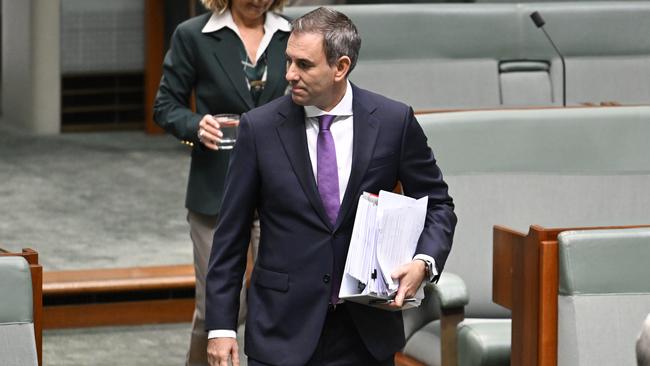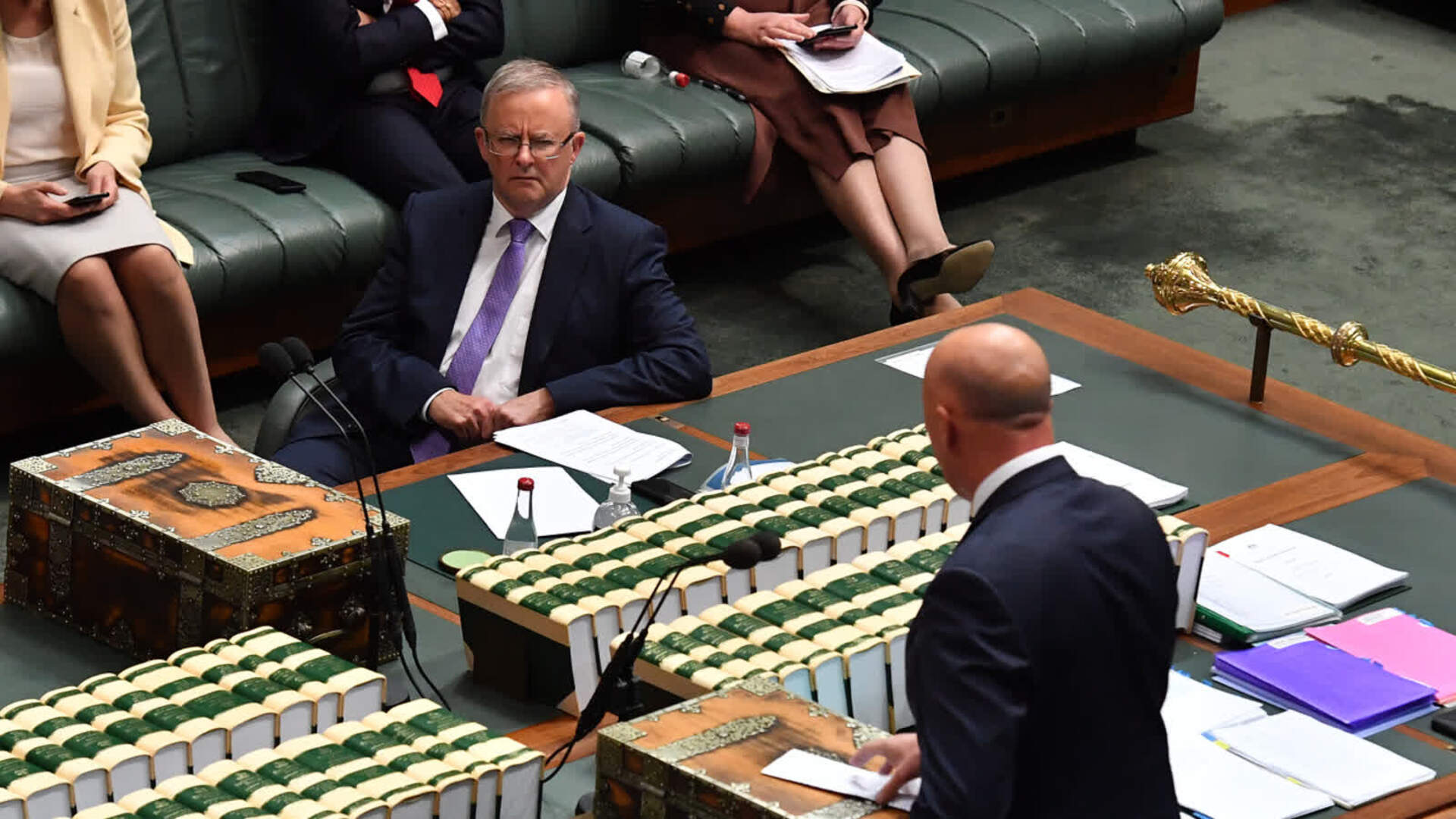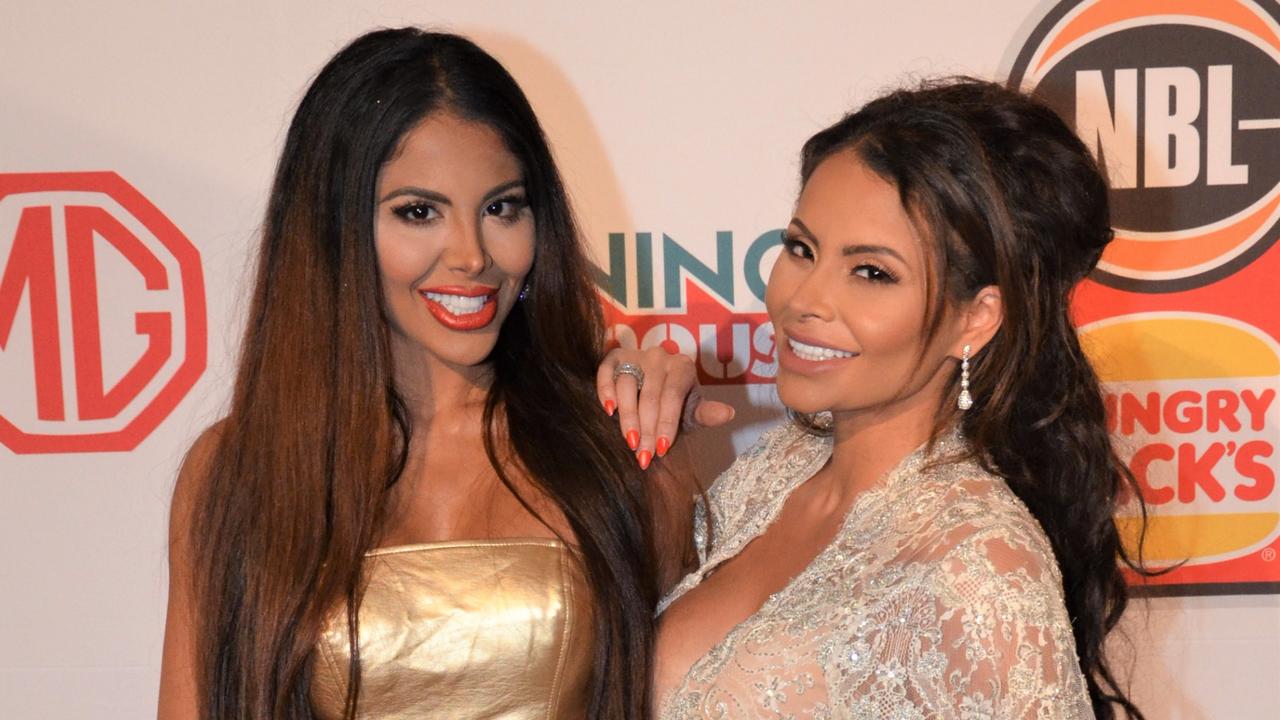Spending and debt: avoid home budget lessons from Treasurer Jim
The Treasurer’s latest federal budget was another big-spending monster, and carries a key lesson for Aussie individuals.

Business
Don't miss out on the headlines from Business. Followed categories will be added to My News.
Labor’s latest federal budget – which effectively was a three-day-early launch of its 2025 election campaign – was heavy on handouts and soft on substantial financial reform.
Showering every taxpayer with tax cuts is a nice headline, but the fine print tells us the first cut is just $5.15 a week and won’t arrive for another 15 months, with another $5.15 a week coming one year later.
That figure is small fry for most households given all the living cost rises Aussies have felt in recent years, most notably rents, electricity, groceries and home loan repayments, which alone are almost 60 per cent higher since May 2022.
But the tax cuts have a big cost impact: $17.1 billion over three years.
There are tens of billions of dollars of other spending on the way too, dwarfing the Coalition’s $6bn cost-of-living plan to halve diesel and petrol excise to give households and businesses an immediate cash boost.

Labor’s budget outlined that even with more revenue flowing in from a bigger taxpaying population and business taxes benefiting from high commodity prices, it won’t be enough to stop the nation’s gross debt growing above $1 trillion next financial year and keep climbing.
There’s a golden rule in managing household finances and building wealth: spend less money than you earn.
If you don’t follow that rule, and keep putting your excess spending on credit, you end up broke.
Treasurer Jim Chalmers is not following that rule. No matter how much money the government earns, it keeps spending more, kicking the debt can down the road for our kids and grandkids to sort out.
If you were running your household like he runs the country’s finances, this is the step-by-step process that would most likely happen.
1. You spend more money than you earn, going deeper into debt and increasing the cost of your annual interest bill.
2. You do exactly the same the next year, and the next, and the next.
3. After a number of years, the interest bill becomes unmanageable, you don’t have the income to cover the repayments, you smash into a financial brick wall and you go bankrupt – either declaring bankruptcy yourself or being put there by angry banks and other creditors.
Most householders don’t have a white knight waiting in the wings to bail them out when their debts grow out of control and they can’t afford them.
Mr Chalmers does – in the form of the Aussie taxpayer who can be continually tapped to give the government more money to cover its surging interest bill.

The budget papers have allocated $28 billion to pay interest on government debt in 2025-26 alone – that’s a lot of money that could go towards plenty of worthwhile things. As government debt keeps growing, so too will the interest bill and the missed opportunities it causes.
John Howard and Peter Costello famously paid off all Australia’s government debt in 2005-06, but then the GFC (and a Labor Government) pushed it up, and debt ballooned again under the Coalition during Covid.
The pandemic is fading into history but national debts keep climbing thanks to populist, big-spending government policies from both sides of politics, and economists have criticised governments everywhere for chasing votes rather than focusing on good financial management.
What will our children and grandchildren think?
If there’s one key lesson individual Australians could learn from our descent towards a $1 trillion national debt: don’t run your household finances like the government runs Australia’s.
Originally published as Spending and debt: avoid home budget lessons from Treasurer Jim




